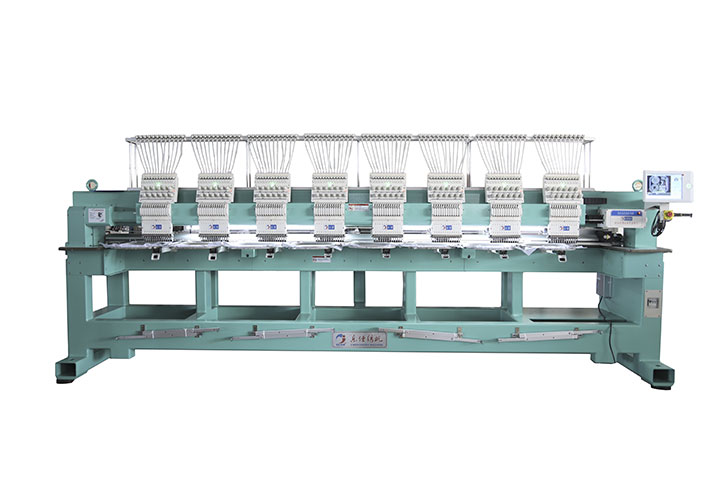Summary:
Computerized embroidered garments have become a part of people's lives today. They are one of the most desired items in...
Computerized embroidered garments have become a part of people's lives today. They are one of the most desired items in our fashion-oriented society. This can be attributed to the fact that embroidered clothes give you a unique touch of style and elegance. Moreover, computerized embroidery has become one of the most popular tools in the clothing industry. The following paragraphs below would explain what a computerized embroidery machine is and how it is used.
Computerized embroideries are done by utilizing computerized designs where the embroidered pattern is generated by the use of special software. It is also commonly known as computer-controlled embroiderer or machine embroiderer. The required for this type of machine-controlled design are you to have some level of embroiderer skills and basics of embroiderers and sewing. A computerized embroidery machine is designed with a main control unit and a series of built-in stitches. It is often seen that in some models, a bar code label is added to the stitches to facilitate in processing of orders quickly and accurately.
The fabric on which the embroidered clothes are to be made is first measured and then the required stitches are loaded into the computer. The stitches are preloaded by the use of a memory function. The stitch types vary depending on the type of fabric to be made. The stitches are all run together as one thread by the use of a special motor. The motor transfers the stitch types over the fabric as thread is fed through the needle.

After loading the stitches on the needle is then run through the machine and attached to the head and then to the tail. Computerized machines are especially designed to have a number of settings and options to select from. Some machines allow the user to manually feed the needle though the machine. This is usually referred to as an automatic feeding system. In other machines the user can also manually control the tension and speed of the needle and can vary the fabric size, width, and height to create varying types of embroidered fabrics.
When designing the fabric the stitch types used will determine the finished product. For example, a vertical quilt will not look good if the design has been run on a horizontal machine embroiderer. The design should first be run on the horizontal machine; the desired result produced on the vertical one. Many embroiderers also include templates that the user can use to preview the design before printing it on fabric. The preview option allows the user to make any changes before actual printing of the final template.
Computerized embroidery machines are usually equipped with touch screens that allow the user to access many functions. Some machines offer several languages for the stitch types and characters. These languages are usually French, German, English, Italian, and Spanish. Other features include built-in stitches, multiple colors, and automated background checks. Computerized sewing guides and pattern books may also be included as well as helpful information on how to handle embroidered garments.


